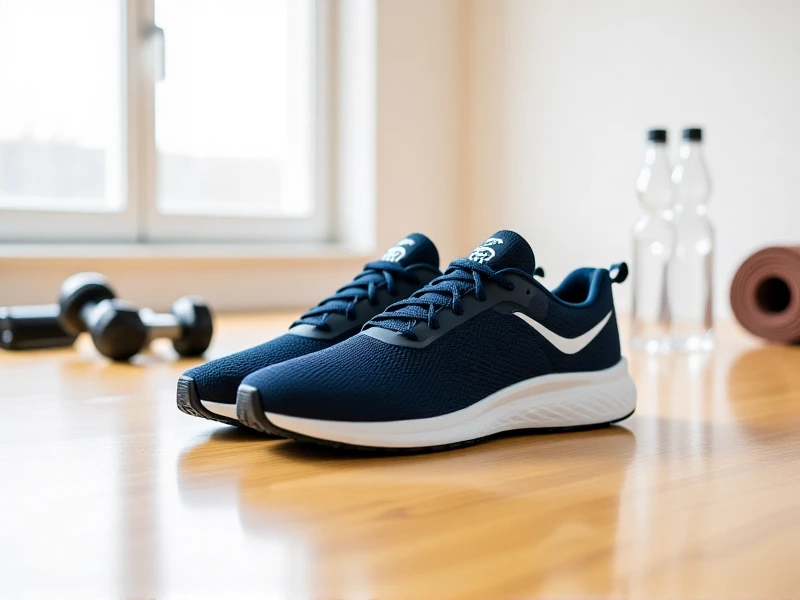
The Ultimate Guide to Choosing the Perfect Running Shoes for Your Workout
Here's an SEO-optimized article about running shoes, hitting the requested specifications:
Stepping into the world of running, or looking to step up your existing fitness routine? Your success and comfort hinge incredibly on one crucial element: the right pair of running shoes. You might be wondering, "Why does it matter so much?" Picture this: every time your foot strikes the pavement during a run, it absorbs significant force. Shoes specifically engineered for running provide the necessary cushioning, support, and stability to handle this repetitive impact, protecting your joints and muscles from injury and fatigue.
But with shelves stacked high with options, selecting the ideal running shoes can feel overwhelming. Here’s a breakdown of the essentials to consider:
-
Know Your Terrain & Run Type:
- Road Running Shoes: Designed for paved surfaces like asphalt and concrete. They focus on cushioning to absorb hard impacts and often feature lighter, more flexible construction for pavement responsiveness.
- Trail Running Shoes: Built for off-road adventures like dirt paths, gravel, mud, and rocks. They offer aggressive tread for superior grip, enhanced stability features (like rock plates), and generally more durable, protective uppers to shield your feet. Trail-specific running shoes are essential for uneven ground.
- Performance/Racing Shoes: Made for speed and efficiency, often featuring lightweight materials and advanced foam technologies. These prioritize propulsion and energy return, ideal for race days or speedwork sessions, but might sacrifice some long-run cushioning.
-
Understand Fit & Comfort: This isn't negotiable! Running shoes should feel snug (not tight) through the midfoot and heel to prevent excess movement and blisters. There should be about a thumbnail's width of space between your longest toe (often the big toe) and the end of the shoe. Width is also crucial – feet swell during running, so avoid shoes that pinch. Always try them on with the athletic socks you plan to wear. Walk and jog around the store, simulating your running stride.
-
Cushioning Level & Feel: Preferences here vary wildly. Some runners desire maximum plush cushioning for a soft, protective ride over long distances. Others prefer a firmer, lower-to-the-ground, more responsive feel allowing them to feel the ground beneath. Many brands offer shoes across this spectrum.
-
Support Systems (Stability vs. Neutral):
- If your foot tends to roll inward excessively (overpronation), running shoes with stability features (like firmer foam under the arch or medial posts) can help guide your foot properly.
- For feet with a neutral stride (rolling inward a natural, moderate amount) or supination (rolling outward), neutral running shoes offer cushioning and support without corrective mechanisms. Understanding your gait (often through a gait analysis at a specialized running store) is hugely beneficial for optimal support.
-
Materials & Breathability: Modern running shoes use engineered mesh uppers offering breathability and a secure, foot-conforming fit. Look for durable materials in high-wear areas.
Finding the right running shoes is an investment in your comfort and running longevity. Don't rush the process. Visit a reputable running specialty shop for expert advice and gait analysis if possible. Remember to replace your shoes every 300-500 miles (or sooner if you notice excessive wear or loss of cushioning) to maintain proper support. Lace up the right pair, and hit the road (or trail!) feeling confident with every stride. Your feet – and your workouts – will thank you.